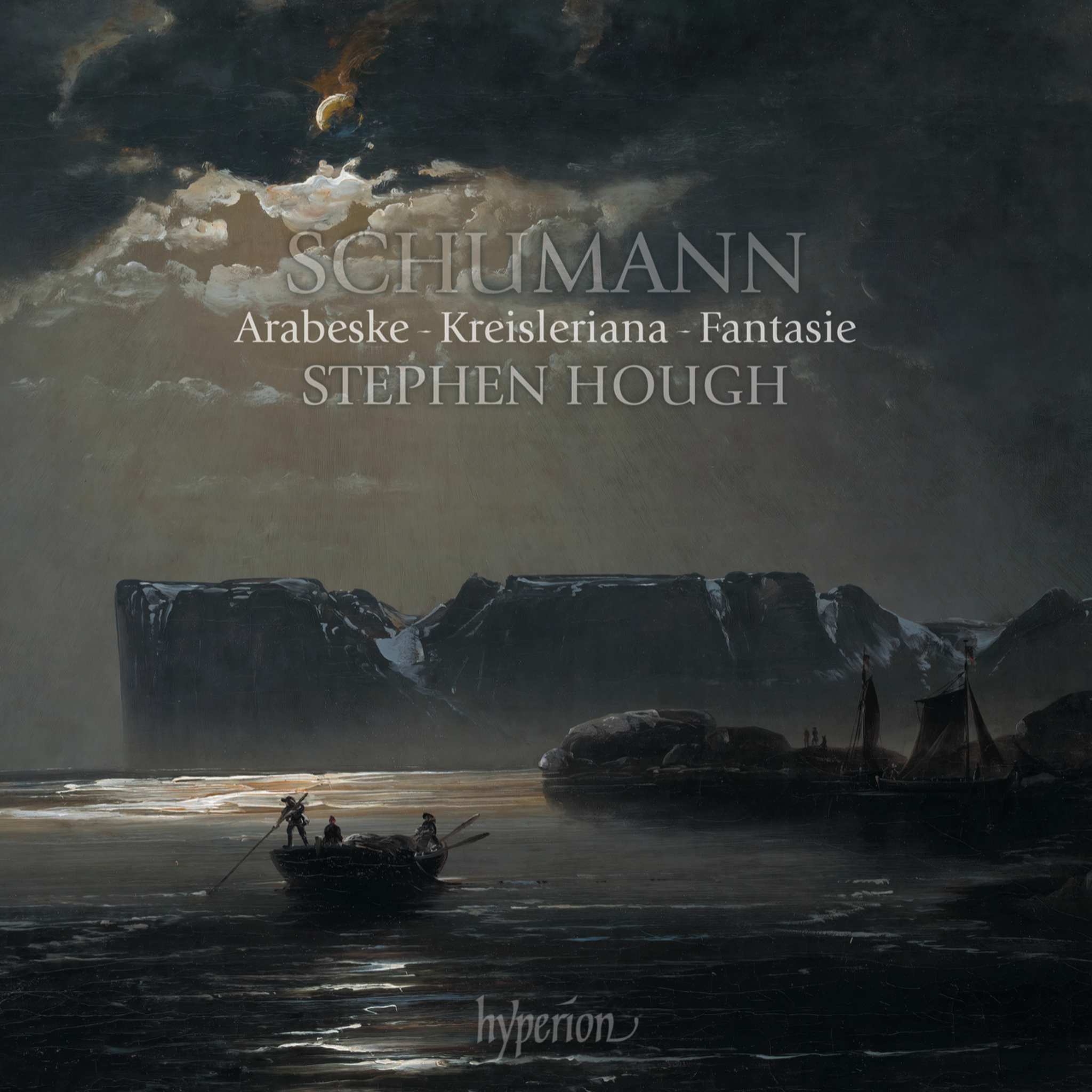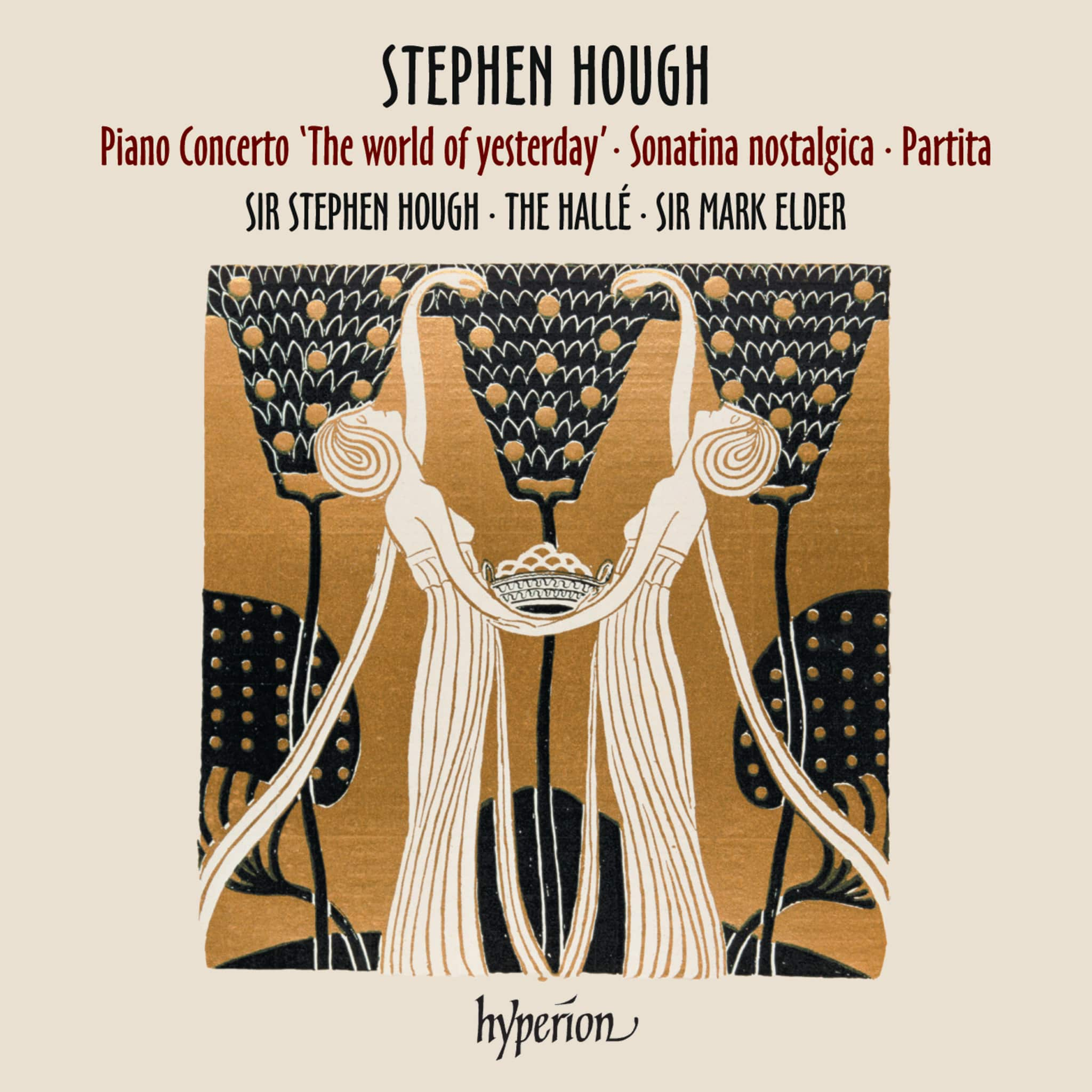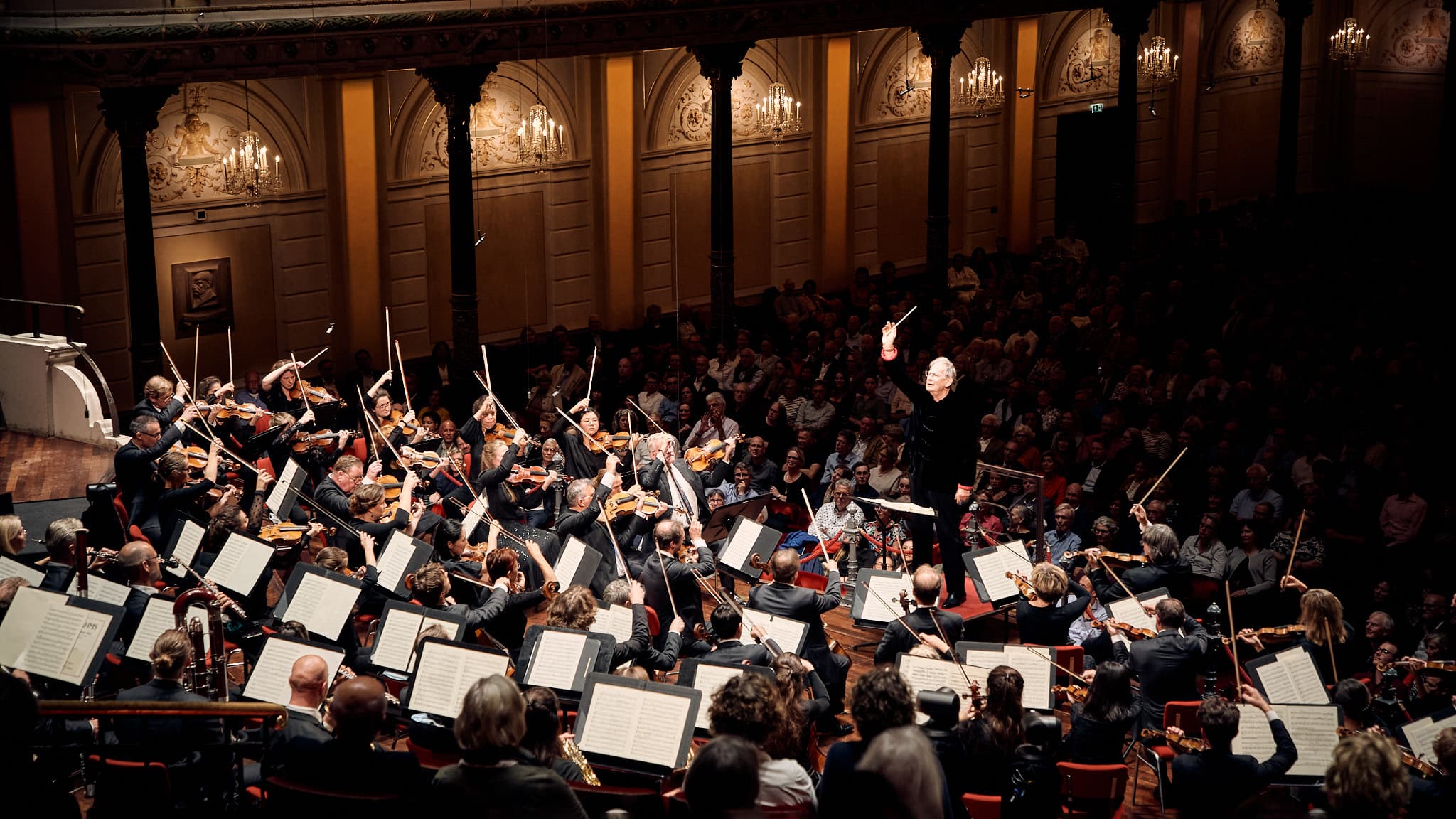Album insights
Among the treasures preserved in the Cathedral's library in Toledo, one outstanding item is a magnificent choir book devoted solely to the works of "Bernardinus Ribera," commonly known in musicology as E-Tc6 or simply the Ribera Codex. This exquisite and weighty volume, a creation of the renowned scribe Martin Pérez from Toledo, is adorned with illuminations by Buitrago. Bound in metal-clasped wooden covers overlaid with leather, its 159 parchment pages glow with the brilliance of the exquisite musical manuscript, characterized by finely crafted titles and ornate initials. Unfortunately, the book, produced in 1570 during Ribera's final year as chapel master, suffered damage in the 18th century when an unknown vandal removed entire pages, likely those most richly decorated, along with many of the intricately embellished text initials, leaving holes in the voices on the reverse. Despite this mutilation, the Codex remains the primary source for the majority of compositions by the enigmatic master.
Several compositions within the Codex contain irreparable gaps, most notably two masses dedicated to the Virgin Mary—Missae de beata virgine—for four and five voices, featuring medieval tropes like "Spiritus et alme" and polytextual passages such as the words and music of "Ave Maria gratia plena" within certain sections of the five-voice Credo. Regrettably, these masses could not be fully reconstructed due to the absence of twelve sheets in this section of the manuscript, with remaining pages displaying cut holes. A slightly better outcome is observed with the motets.
Four pairs of these motets are found in the Codex, following the first four ecclesiastical modes. Whether Ribera composed any on the remaining tones 5 to 8 remains unknown. With minimal editorial supplementation, only three of the surviving pieces can be transcribed into score, available on Hyperion CDA68141. Furthermore, the Magnificat quartus tonus I can be reconstructed utilizing a unique source from the Guadelupe monastery containing the parts missing in the Toledo manuscript.








